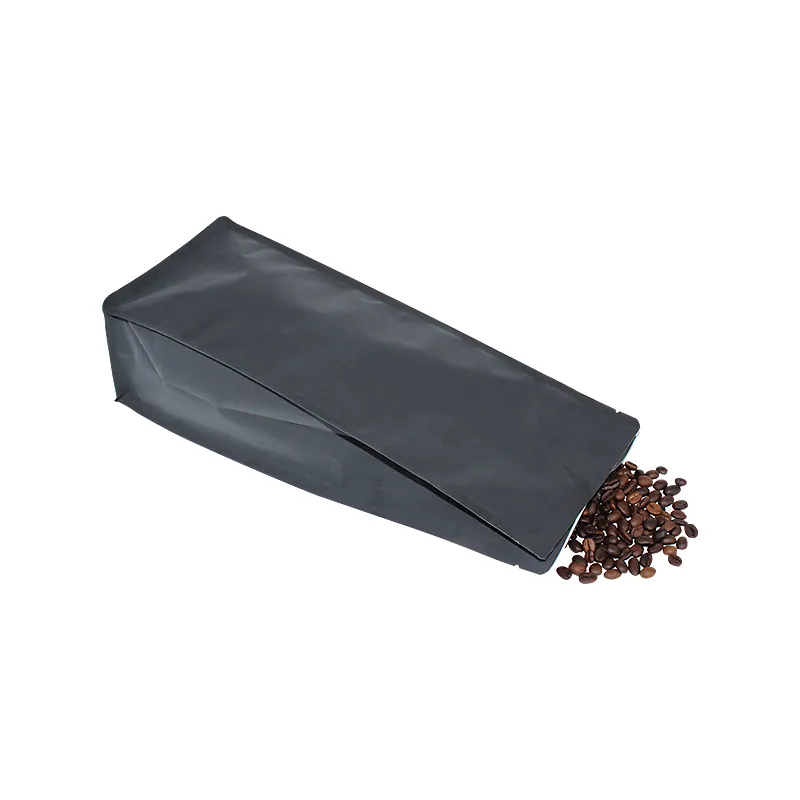- Afrikaans
- Albanian
- Amharic
- Arabic
- Armenian
- Azerbaijani
- Basque
- Belarusian
- Bengali
- Bosnian
- Bulgarian
- Catalan
- Cebuano
- chinese_simplified
- chinese_traditional
- Corsican
- Croatian
- Czech
- Danish
- Dutch
- English
- Esperanto
- Estonian
- Finnish
- French
- Frisian
- Galician
- Georgian
- German
- Greek
- Gujarati
- haitian_creole
- hausa
- hawaiian
- Hebrew
- Hindi
- Miao
- Hungarian
- Icelandic
- igbo
- Indonesian
- irish
- Italian
- Japanese
- Javanese
- Kannada
- kazakh
- Khmer
- Rwandese
- Korean
- Kurdish
- Kyrgyz
- Lao
- Latin
- Latvian
- Lithuanian
- Luxembourgish
- Macedonian
- Malgashi
- Malay
- Malayalam
- Maltese
- Maori
- Marathi
- Mongolian
- Myanmar
- Nepali
- Norwegian
- Norwegian
- Occitan
- Pashto
- Persian
- Polish
- Portuguese
- Punjabi
- Romanian
- Russian
- Samoan
- scottish-gaelic
- Serbian
- Sesotho
- Shona
- Sindhi
- Sinhala
- Slovak
- Slovenian
- Somali
- Spanish
- Sundanese
- Swahili
- Swedish
- Tagalog
- Tajik
- Tamil
- Tatar
- Telugu
- Thai
- Turkish
- Turkmen
- Ukrainian
- Urdu
- Uighur
- Uzbek
- Vietnamese
- Welsh
- Bantu
- Yiddish
- Yoruba
- Zulu
die lines
Understanding Die Lines The Unsung Heroes of Print Design
In the realm of print design and packaging, die lines play a crucial yet often overlooked role. These precise outlines serve as a blueprint for cutting and folding materials, ensuring that the final product is both aesthetically pleasing and functional. As digital design continues to evolve, understanding the significance of die lines becomes increasingly essential for designers, printers, and manufacturers alike.
Die lines are essentially templates that indicate where a printed piece should be cut, scored, and folded. They are represented as vector paths in design software, typically shown in a different color—commonly blue or magenta—to differentiate them from other design elements. When creating a packaging design, for instance, die lines determine the shape and size of a box or label, dictating how the flat sheet of material will transform into a three-dimensional product.
One of the primary benefits of incorporating die lines into print designs is the enhanced precision it offers. When a design is accurately crafted with die lines, the risk of misalignment during the cutting or folding processes diminishes significantly. This precision can lead to a cleaner, more professional look that elevates the brand's image and resonates with customers. Conversely, poorly executed die lines can result in uneven edges, misprints, or even materials being wasted, costing time and money.
Moreover, die lines are not just about cutting; they also include scoring lines, which are critical for ensuring that folds are made cleanly and accurately
. This aspect is particularly important in packaging design, where the structural integrity of the product is critical. A well-scored die line allows for smooth folds without damaging the printed surface, thus maintaining the quality of the design.die lines

Collaboration is an essential aspect of working with die lines. Designers, printers, and manufacturers need to communicate effectively to ensure that everyone is on the same page regarding the design's specifications. This collaboration often involves multiple rounds of proofs and adjustments before the final version is approved. Designers must consider the capabilities of the printing equipment and the materials being used, as these factors can have a significant impact on the final product.
Furthermore, the digital age has transformed the way die lines are created and utilized. Software applications like Adobe Illustrator and ArtiosCAD enable designers to draft and manipulate die lines with great ease. These tools not only facilitate the design process but also allow for virtual mock-ups, giving clients a realistic preview of how the final product will look. This advancement helps in identifying potential issues before production begins, ultimately saving both time and resources.
As sustainability becomes increasingly important in the design industry, die lines can also play a role in eco-friendly practices. By optimizing the layout of designs and minimizing waste during the cutting process, designers can contribute to more sustainable production methods. In this way, die lines can help brands achieve their environmental goals without compromising on quality or aesthetics.
In conclusion, die lines are a fundamental component of print design that deserve more recognition. They ensure precision, facilitate collaboration, and can even support sustainability efforts. By understanding and properly utilizing die lines, designers can enhance their work and contribute to the overall success of print and packaging projects. As the industry continues to evolve, harnessing the power of die lines will remain an essential skill for those in the world of graphic design and manufacturing.













